- Management Plan
- Total budget: £4,995.4
- Status: Post-Implementation Monitoring
For millions of years, water has run over the limestone and dolomite bedrocks of Croatia carving out a special subterranean world. In this mysterious underground terrain, uniquely adapted species have evolved in the dark, damp environments in what’s known as karst caves. Although we are no longer cave-dwelling species ourselves, our impact on these fragile ecosystems is still being felt. For decades, caves in Croatia have been used as dumping grounds for waste, which is threatening endemic cave species and polluting important sources of water. Supporting our partners BIOTA, we are attempting to undo some of the footprint by sending a team of technical divers into the Predolac cave to remove waste.
Project Timeline
2023 - 2024
Maintain contact with the manager of the visitors centre to monitor any changes to the state of the cave.
May 2023
Remove waste present and advise landowner on best practices for sustainable management of the Predolac cave.
A Mysteriously Unique Underworld
Over 10,000 caves and pits have been mapped out in Croatia’s vast network of underground caverns and passages. This figure, however, might just be scratching the surface with some cavers estimating there could be double this amount. This is Croatia’s largest water reserve and the location of a unique and precious ecosystem. In what seems to be an uninhabitable place due to the lack of light and nutrients, there are, in fact, species that thrive.
The Predolac cave is located in the south of Croatia and is home to two distinct cave-dwelling species - Congeria kusceri and Marifugia cavatica. The former is a living fossil and relic from the Tertiary period (65 - 2.5 million years ago). As it is the only known underground bivalve that is found in caves, Congeria kusceri is anatomically adapted to have a colourless shell and tissue and few sense organs. A colony of Congeria kusceri was discovered in the Predolac cave in the mid 20th century and was deemed the first location (of 15 known locations in the Dinaric karst region) that had living underground Congeria shellfish in Croatia. Their uniqueness is accentuated by the fact that it is the last remaining species of its group which died out 5 million years ago.
Marifugia cavatica is from the class of polychaetes, otherwise known as bristle or tube worms. This species is the only one of approximately 350 serpulid polychaetes that lives in freshwater. It forms complex tube-like structures on cave walls that it uses for protection and it filter feeds through feathery branches that it extends into the water column. Other species tend to be found in association with these tube structures, presumably because they provide shelter, and so it is considered a habitat forming species.
Both Congeria kusceri and Marifugia cavatica are examples of rare cave species that have specifically evolved within these special ecosystems. The way in which they have developed makes them more susceptible to changes to the environment.
Being as rare as they are, we had some trouble sourcing images of these species, but check out this link to see Marifugia cavatica and this for Congeria kusceri (credit: Ondřej Zicha, biolib.cz) and well as an article.
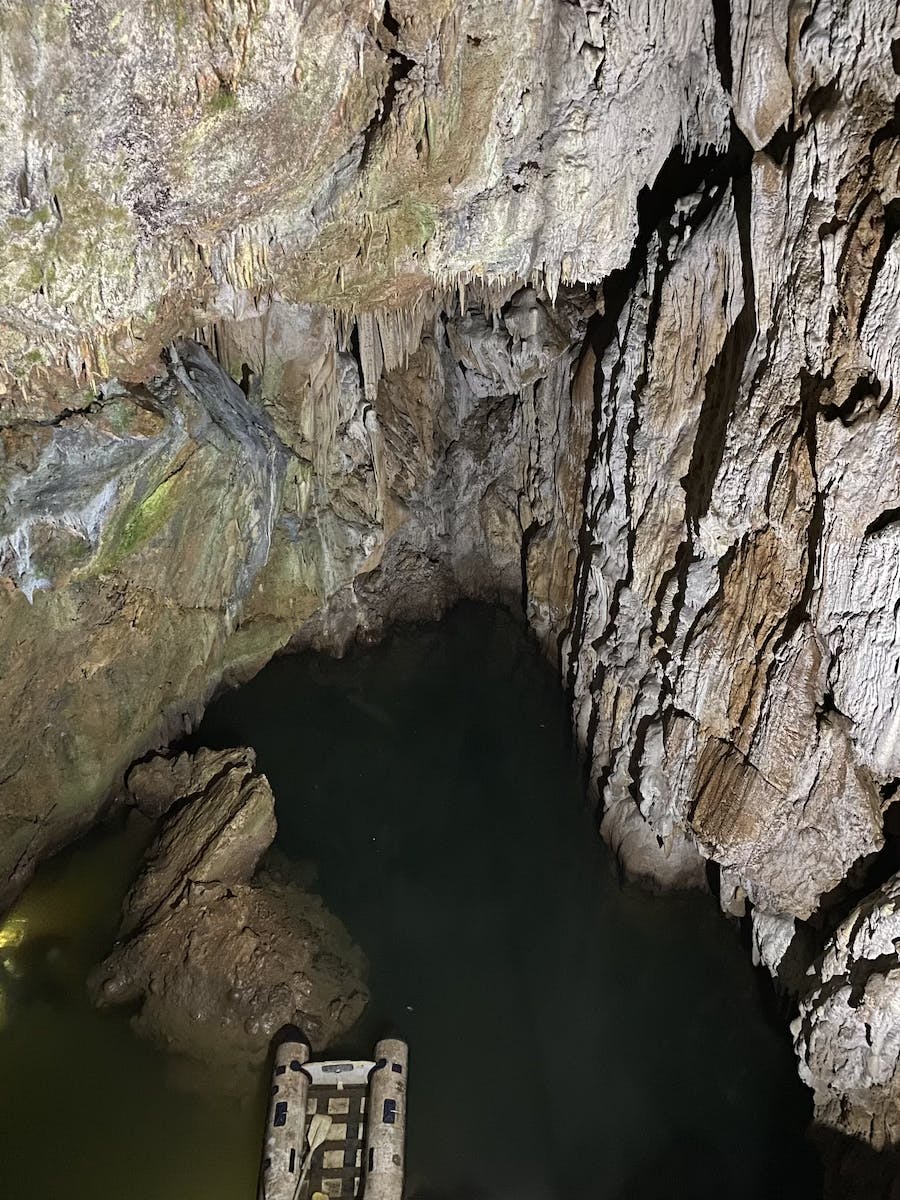
A Toxic Problem
Unfortunately, waste disposal in karst caves has been a widespread problem in Croatia. For centuries, some cave entrances have been used as dumping grounds for litter. As a result, pollution has flowed into these sensitive ecosystems threatening vulnerable cave species. As a permeable environment, fast running water rushes through the bedrock without being purified in any way before reaching groundwater reserves. This is unlike surfaces outside of karst areas where toxic compounds can be cleansed through layers of soil containing microorganisms. To add to this, modern day waste is more likely to be made from slowly decomposing materials that can linger in cave systems for hundreds of years.
The Predolac cave has been severely impacted by this issue with large amounts of waste clogging its lakes. A major concern is that the cave’s water bodies connect to the River Neretva - the main source of water for the region. Located near the mouth of the cave is a visitors centre which attracts tourists to venture up close to the underground caverns. The centre’s visitors could represent another source of litter entering the cave.
Although recent changes to waste management programmes and policy in Croatia are attempting to reduce the influx of waste, there is an immediate need to address the existing pollution. Failure to do so could result in the extinction of some of the precious flora and fauna that inhibit the karst ecosystem.
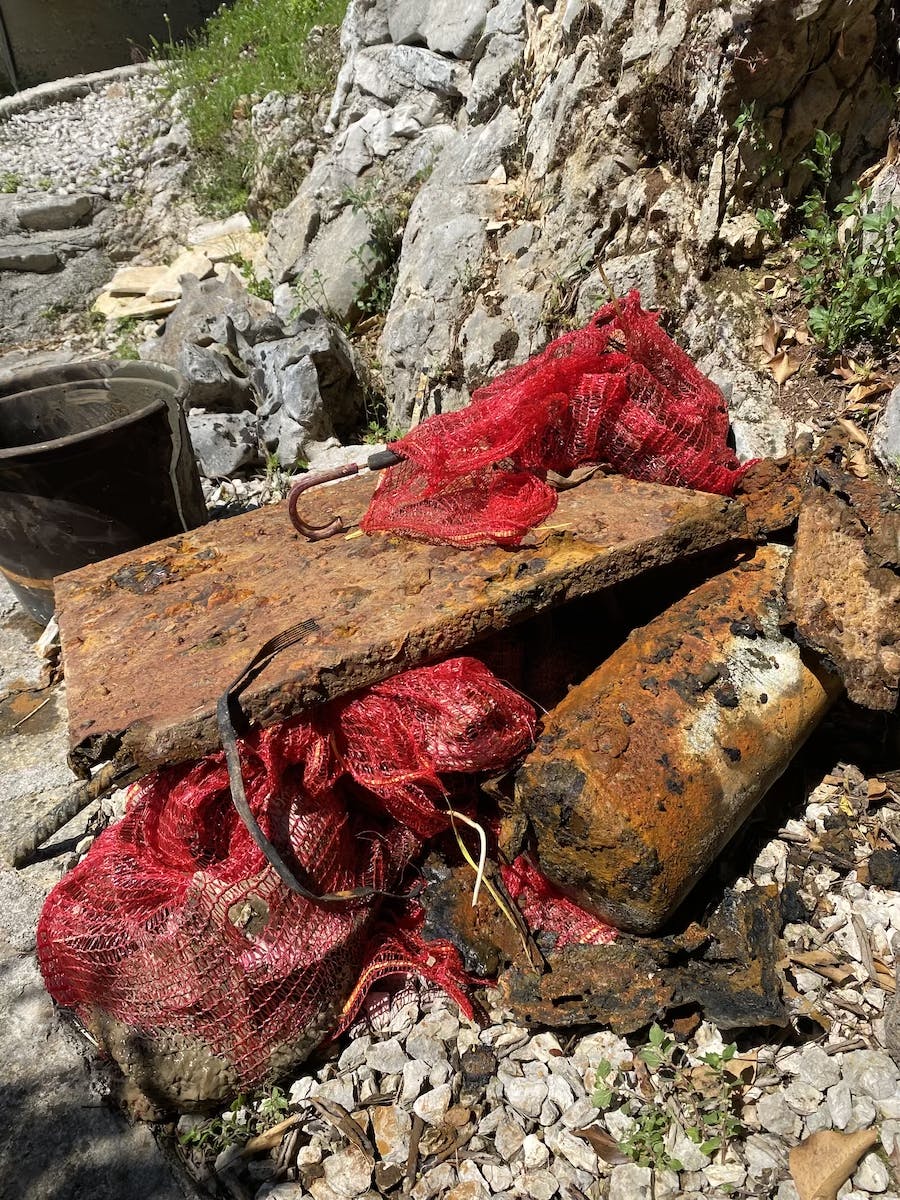
Our Project
The main objective of this project is to remove all of the waste in the Predolac cave and in doing so, improve the environment for populations of Congeria kusceri and Marifugia cavatica.
The cleanup will require expert cave divers from our project partners BIOTA - a local team of biologists who are passionate about protecting the subterranean networks of Croatia. They are experienced in speleodiving i.e diving in submerged caves. The lack of a free surface on these technical dives makes them a challenging task that often requires decompression on ascent to the surface.
The full extent of the waste at the cave is not certain, however, we don’t expect there will be a need for more than one intervention. BIOTA will report on the state of the cave prior to and after the cleanup, taking photos to record the type of waste recovered from the site.
As part of this effort, the team will also work with the manager of the visitors’ centre, who is also the landowner, to discuss prevention measures for future littering. Communication will continue in the years after the cleanup to receive updates on the cave’s condition.
We would like to thank Mossy Earth members for funding the cost of the team’s time, travel expenses and diving equipment.
Wider Benefits
The outcomes of this project could positively impact several groups in the community. Firstly, tourists will benefit from an experience not stained by the sight of waste and better appreciate the natural beauty of the cave. With this in mind, the visitors’ centre should also stand to gain from an improvement to their tourist attraction. The project also provides an opportunity for the cave ecology specialists at BIOTA to advise the landowner on the best practices for managing this cave in a way that protects its unique inhabitants. We also hope that those living in the nearby city of Metković will benefit from our intervention in the Predolac cave. The cave’s lakes are joined to other water bodies in the vicinity that eventually merge with the city’s main river. By clearing waste in this cave, we are preventing pollution downstream.
More broadly, we also want to bring attention to an example of positive change in the region. A cave that was once seen as a dumping ground now provides an opportunity for ecotourism where people can enjoy its natural beauty and mystery.
If you want to see how a previous cave cleanup went, which included removing a fridge, head over to this project page.
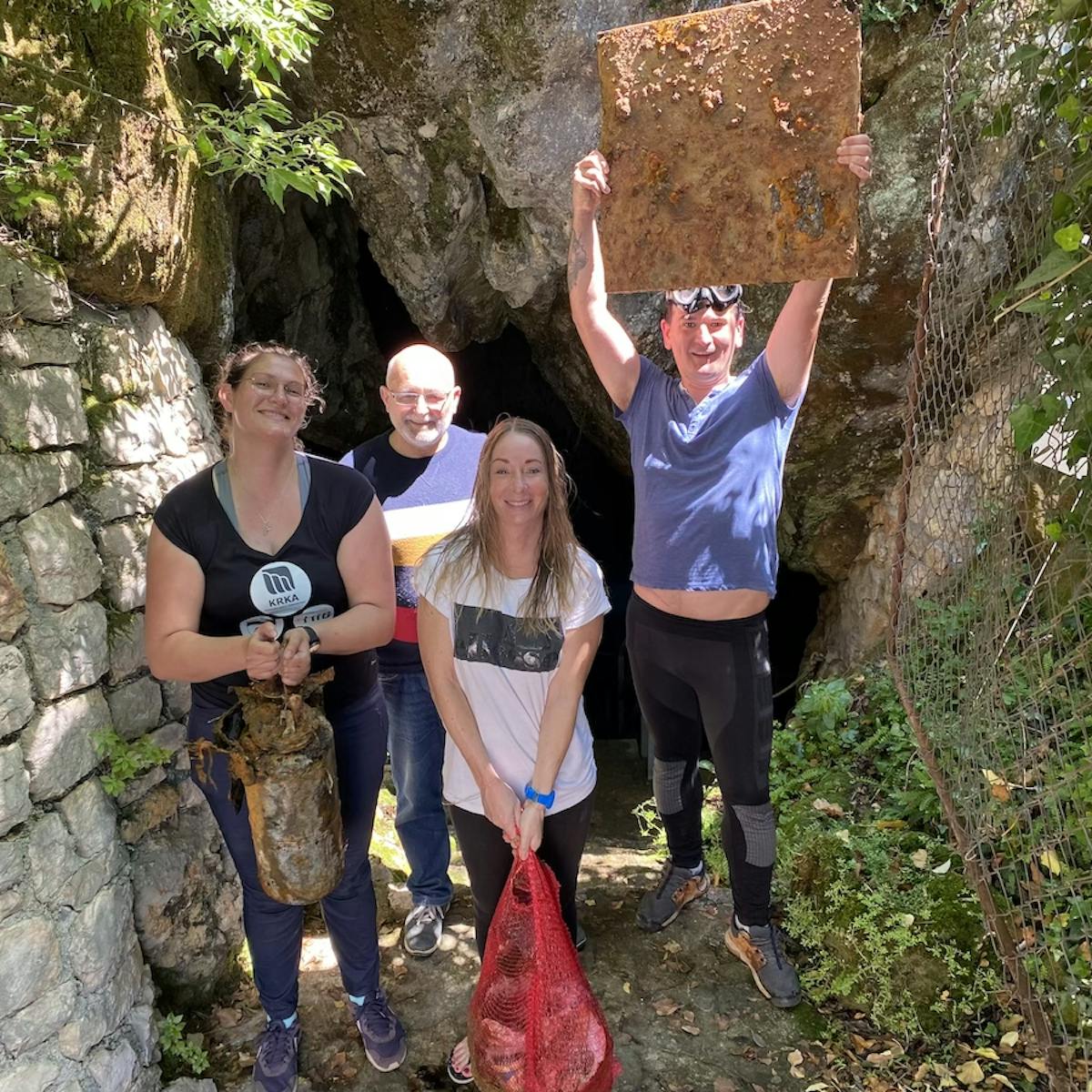
Project Discussion
Hear what project manager Tiago, has to say about this project in an interview with our community manager, Meija, below.
the team behind the project
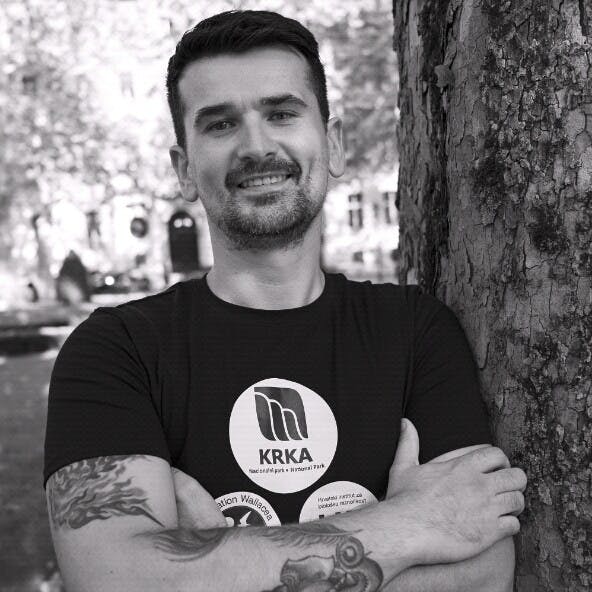
Dušan Jelić, Researcher at the Croatian Institute for Biodiversity
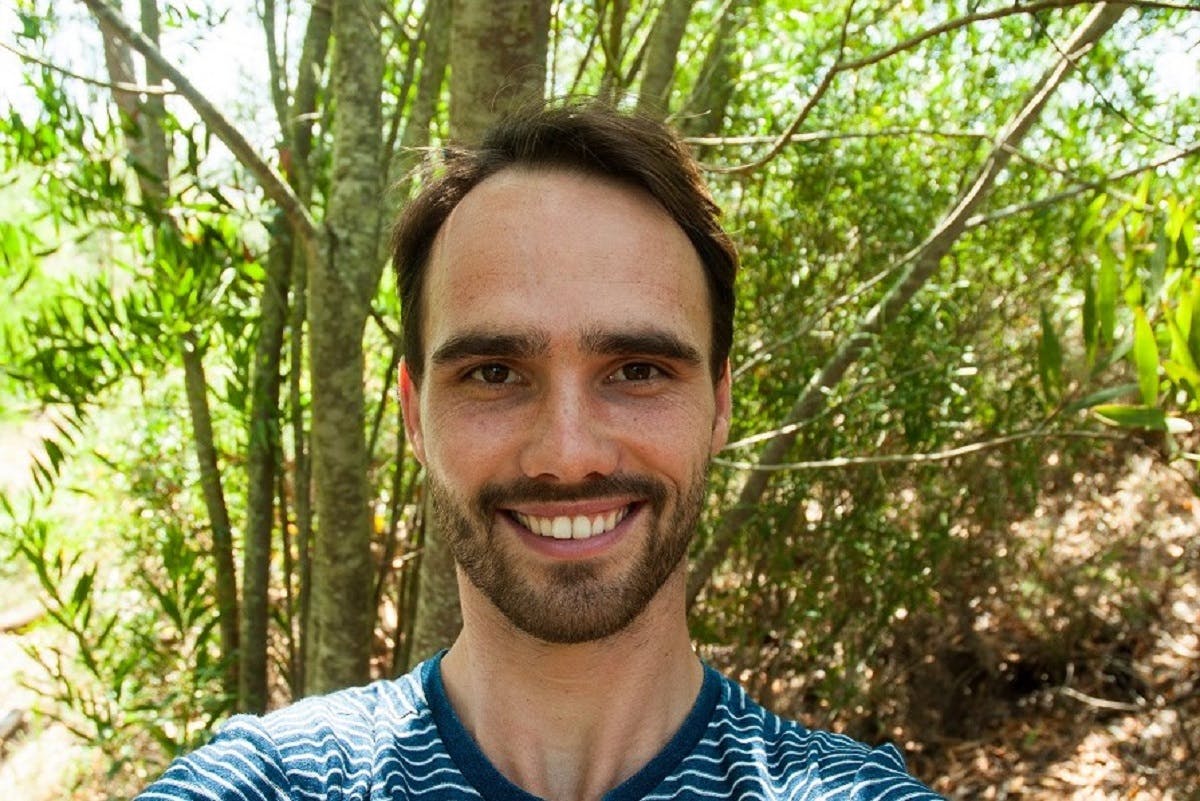
Tiago de Zoeten, Conservation Biologist, Mossy Earth
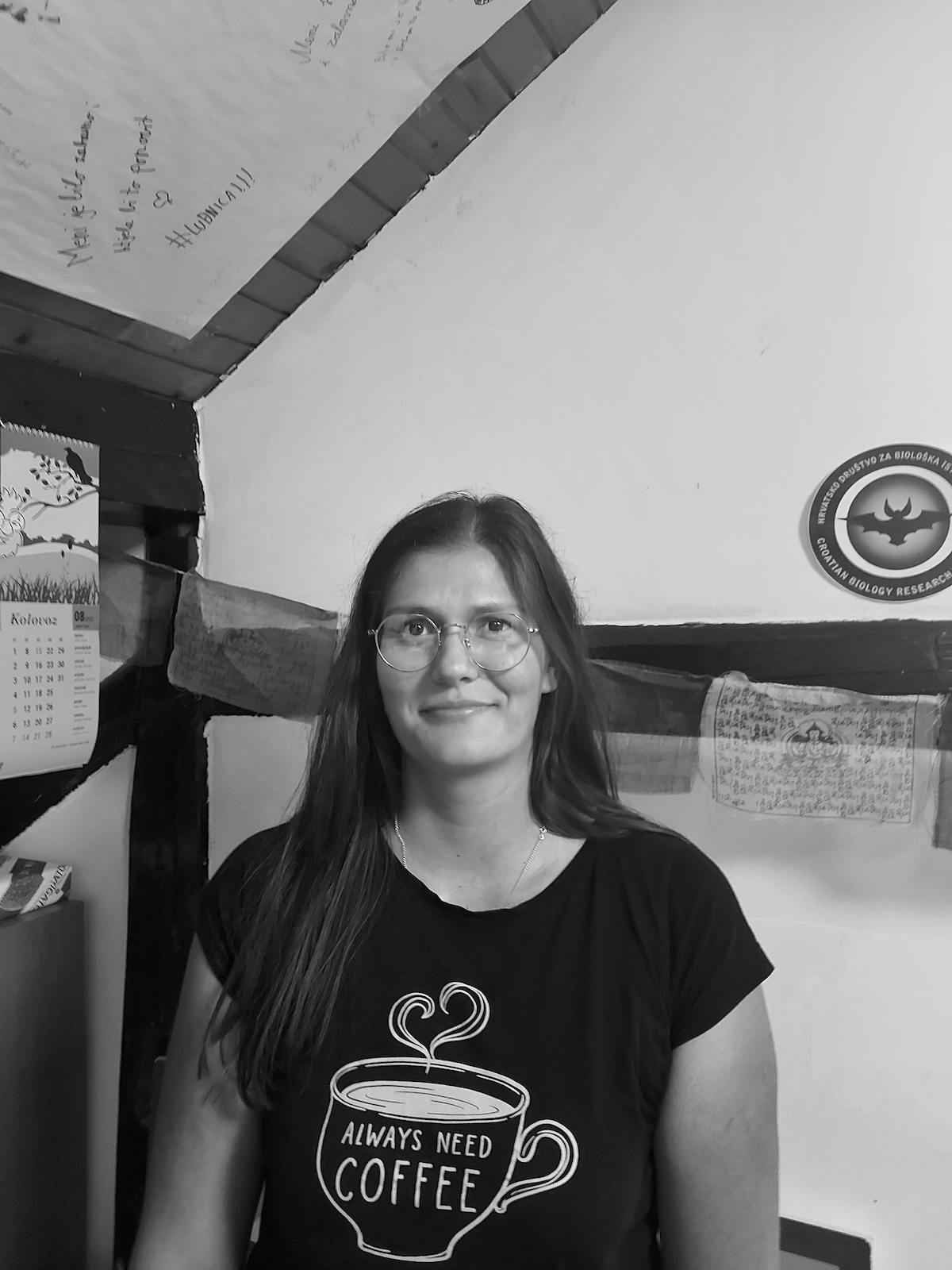
Ana Pušić, Expert Associate at BIOTA
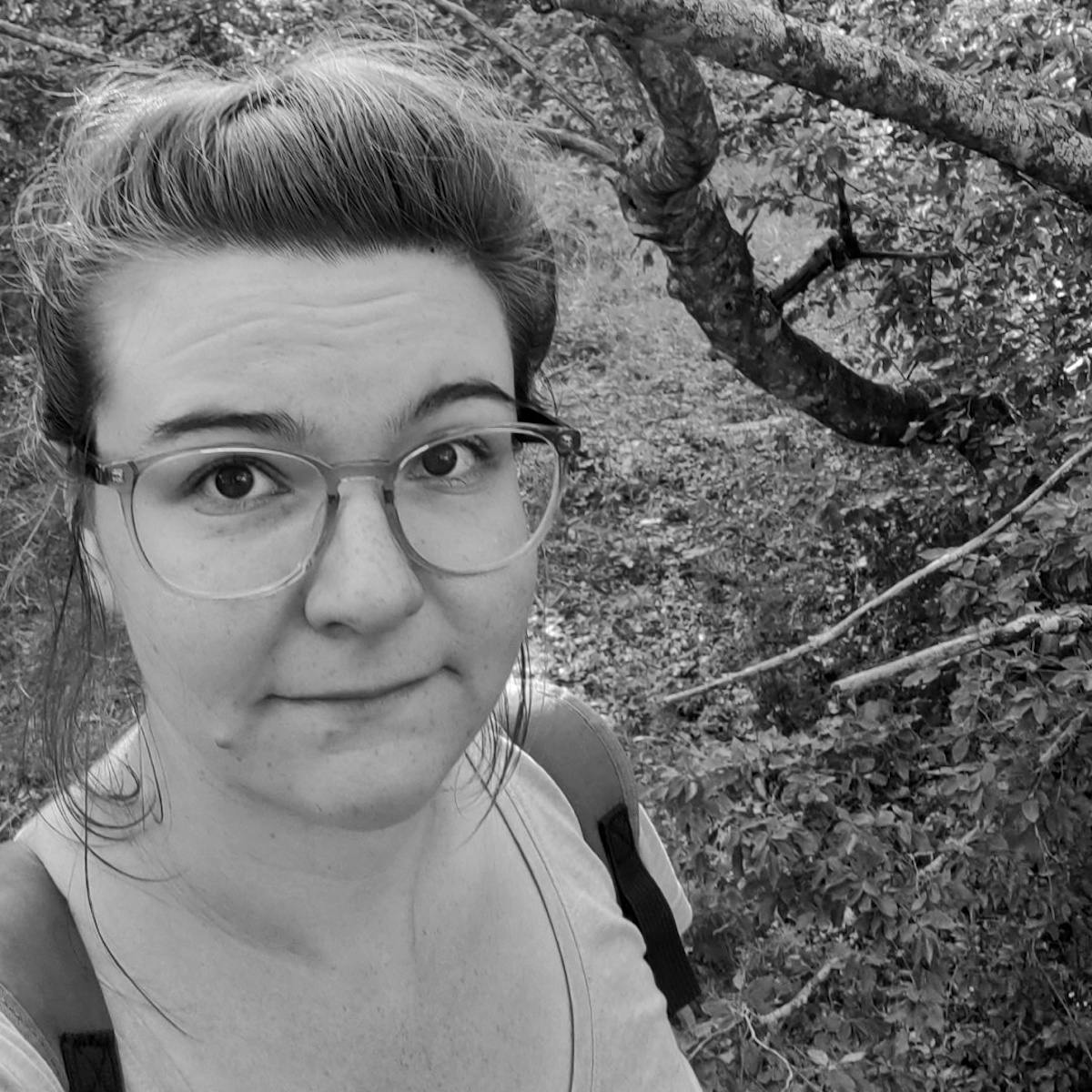
Petra Bajić, Senior Expert Associate at Biota

Petra Kovač-Konrad, Senior Expert Associate at Biota
Sources & further reading

- “Evolutionary history of relict Congeria (Bivalvia: Dreissenidae): unearthing the subterranean biodiversity of the Dinaric Karst” - Bilandžija, H., et al.
- “Evolution of the unique freshwater cave‐dwelling tube worm Marifugia cavatica (Annelida: Serpulidae)” - Elena K. K., et al.